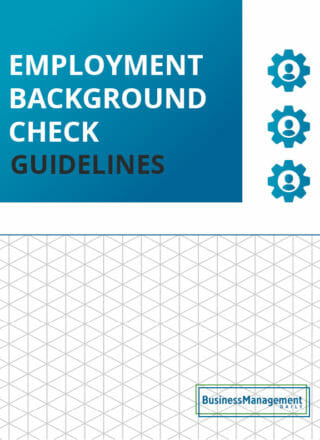When identifying sexual harassment, totality of circumstances tells the tale
California employees have a right to a work environment free of sexual harassment, and employers are obligated to prevent harassment. But that doesn’t mean that every comment, gesture or look that may be perceived as sexual can be considered harassment. Factors to consider include:
- Nature of the unwelcome sexual acts or words
- Frequency of the offensive acts or encounters
- Time over which all offensive conduct occurred
- Context in which the harassing conduct occurred
Recent case: When Gregory Castillo, a medical doctor, began to work at the Community Medical Group of the West Valley, management began getting patient complaints almost immediately. Castillo’s supervisors counseled him and told him to improve his communication skills.
Meanwhile, Castillo seemed to be communicating fine with some staff members, joining them in social activities outside of work. As time went on and patient complaints kept pouring in, Castillo alleged that one particular staff member had been sexually harassing him. Eventually, the practice terminated his contract and he sued for sexual harassment.
The evidence? Castillo said the staff member asked him to check a mole on her chest and to examine her knee. She also may have flirted with him from time to time.
The court tossed out his case, reasoning that the practice had ample reason to terminate his contract and that nothing he had experienced reached the level of sexual harassment. (Castillo v. Community Medical Group of the West Valley, No. B185657, Court of Appeal of California, Second Appellate Division, 2007)





